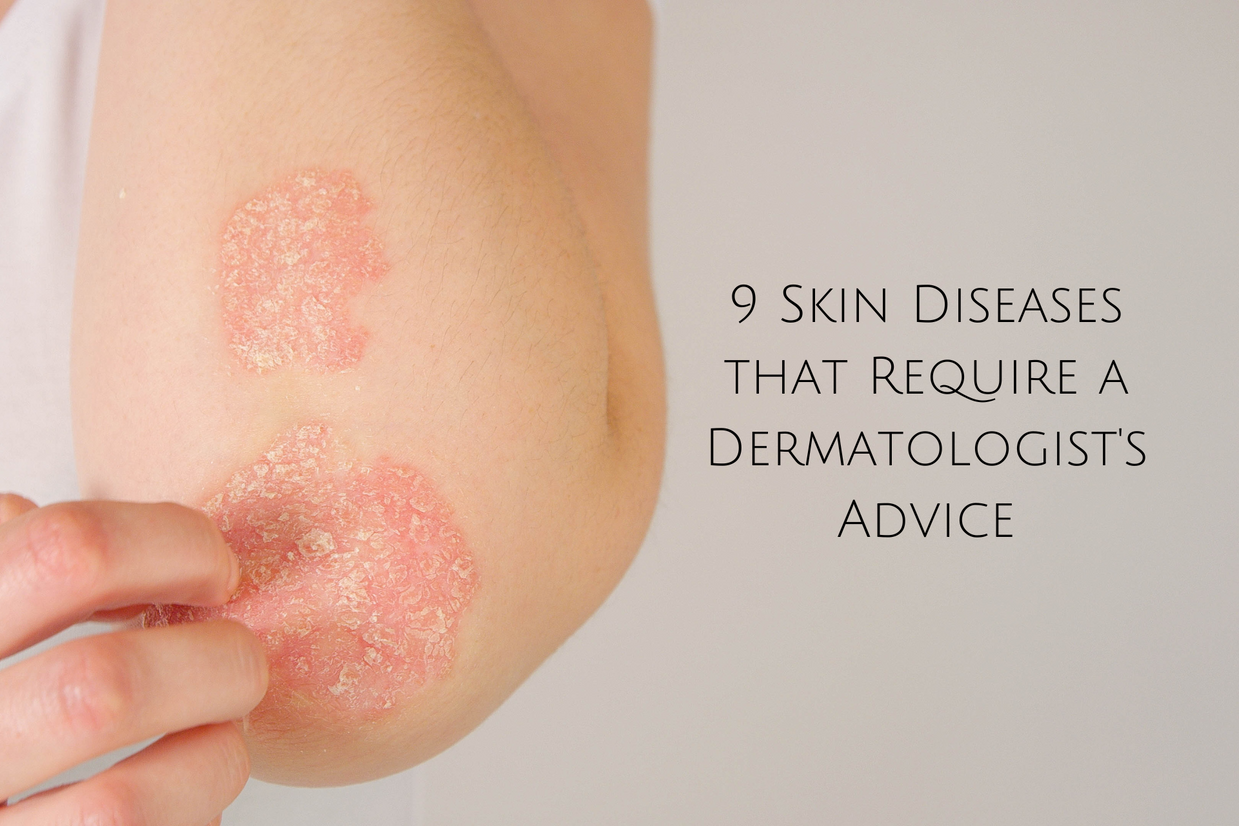9 Skin Diseases that Require a Dermatologist's Advice
These are very common problems that require a dermatologist's personal advice. They can be caused by aging, genetics, and other factors.
Skin diseases are also called dermatologic conditions. They are skin conditions that require medical attention from a dermatologist. The most common skin diseases are acne, eczema, psoriasis, warts, and moles.
1. Acne:
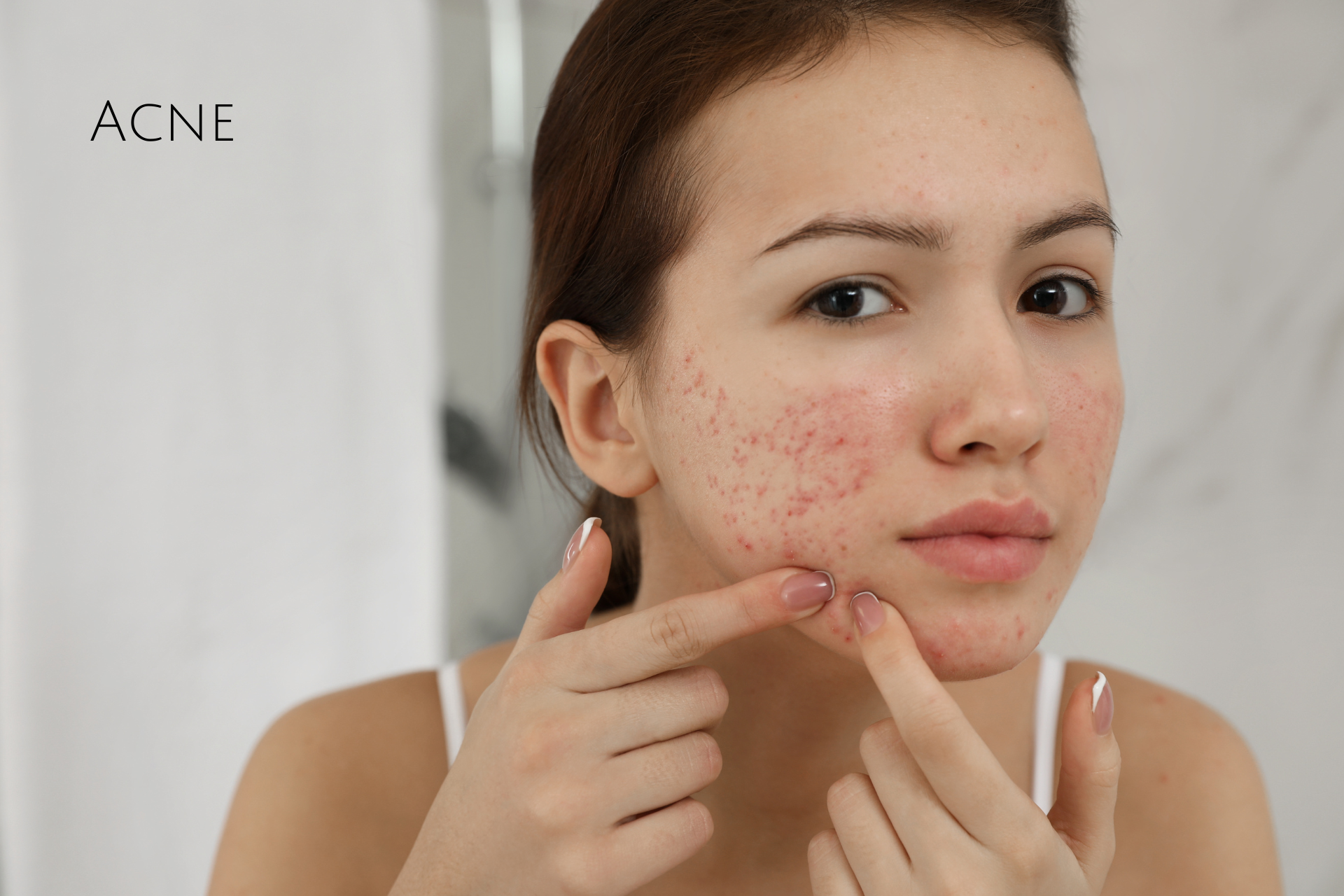
Acne is a skin disease that can affect people of any age. In fact, it affects most people at some point in their lives. It is not just an issue that affects teenagers. Acne can also affect adults.
This is a common skin disease for pimples, blackheads, whiteheads, cysts, and red marks on the face and body. It's affected by different factors such as hormones, bacteria, and dirt on the skin's surface.
The best way to treat acne is to get a dermatologist's advice because they will know which treatments are best for you and your case of acne.
2. Eczema:

Eczema is a common skin condition that affects itchy, scaly patches. It can affect any part of the body, but most commonly affects the face and scalp. The first step in treating eczema is finding out what type of eczema you have. There are many different types of eczema, each with its own set of triggers and treatments. Dermatologists are medical doctors who specialize in skin diseases like eczema and psoriasis. They have advanced training in diagnosing and treating skin diseases like eczema. Eczema is a chronic skin condition that can affect anyone at any age. It is not contagious and there is no known cure for it. While it is not easy to know what effects eczema has, symptoms of this skin condition include redness and itchiness around the edges of the affected areas and dryness on the surface of the skin.
3. Psoriasis:
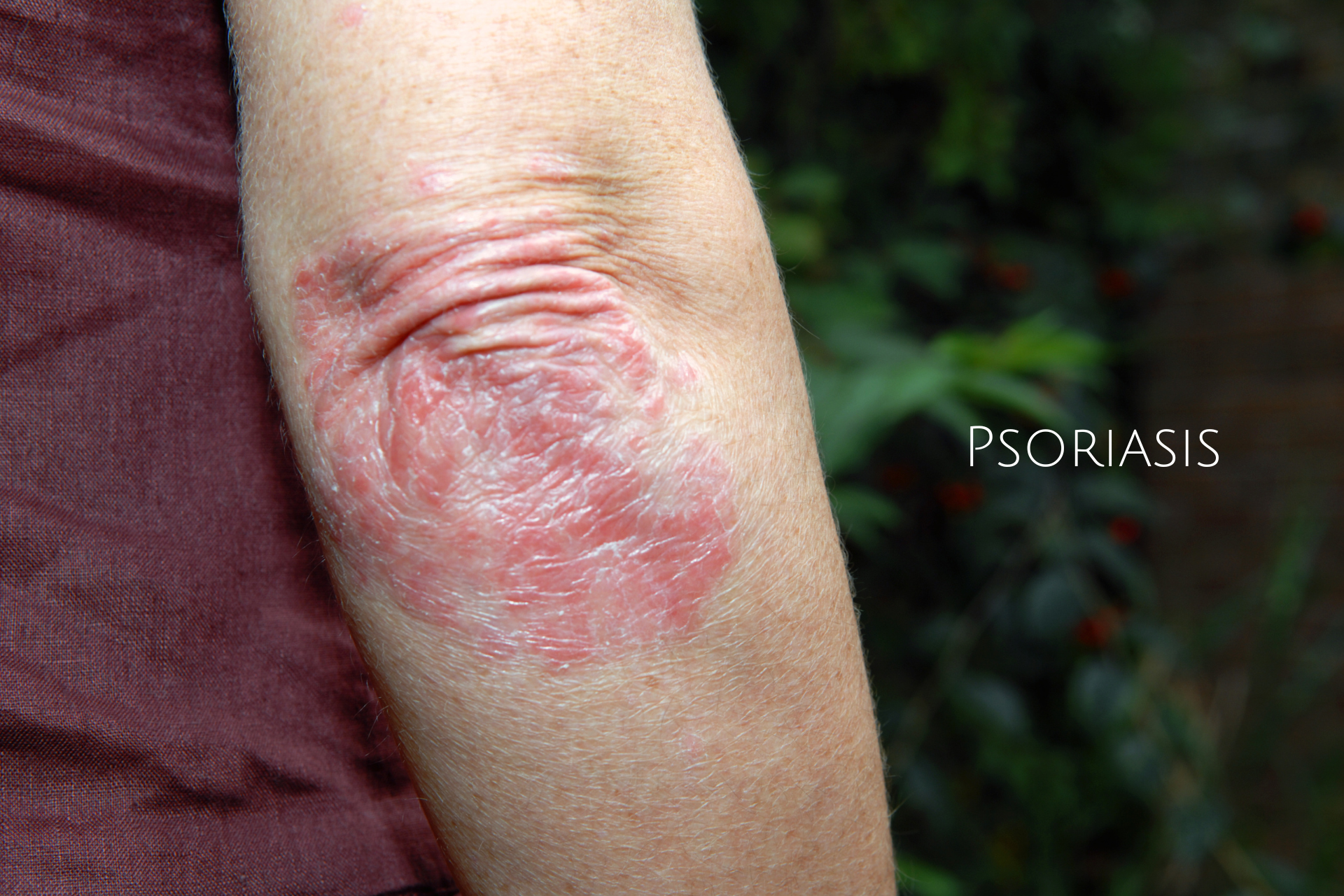
Psoriasis is a chronic autoimmune disease that affects skin cells to grow rapidly, resulting in red, inflamed patches of skin. It is a common condition and can affect any area of the body. There are also 2-3% of the population in the United States. There are no known cures for psoriasis but there are treatments available that can help manage symptoms and reduce their severity. Dermatologists provide an accurate diagnosis and treatment for patients with psoriasis. They have years of experience in treating this condition, which allows them to recommend effective treatment options for patients based on their individual needs.
4. Rosacea:
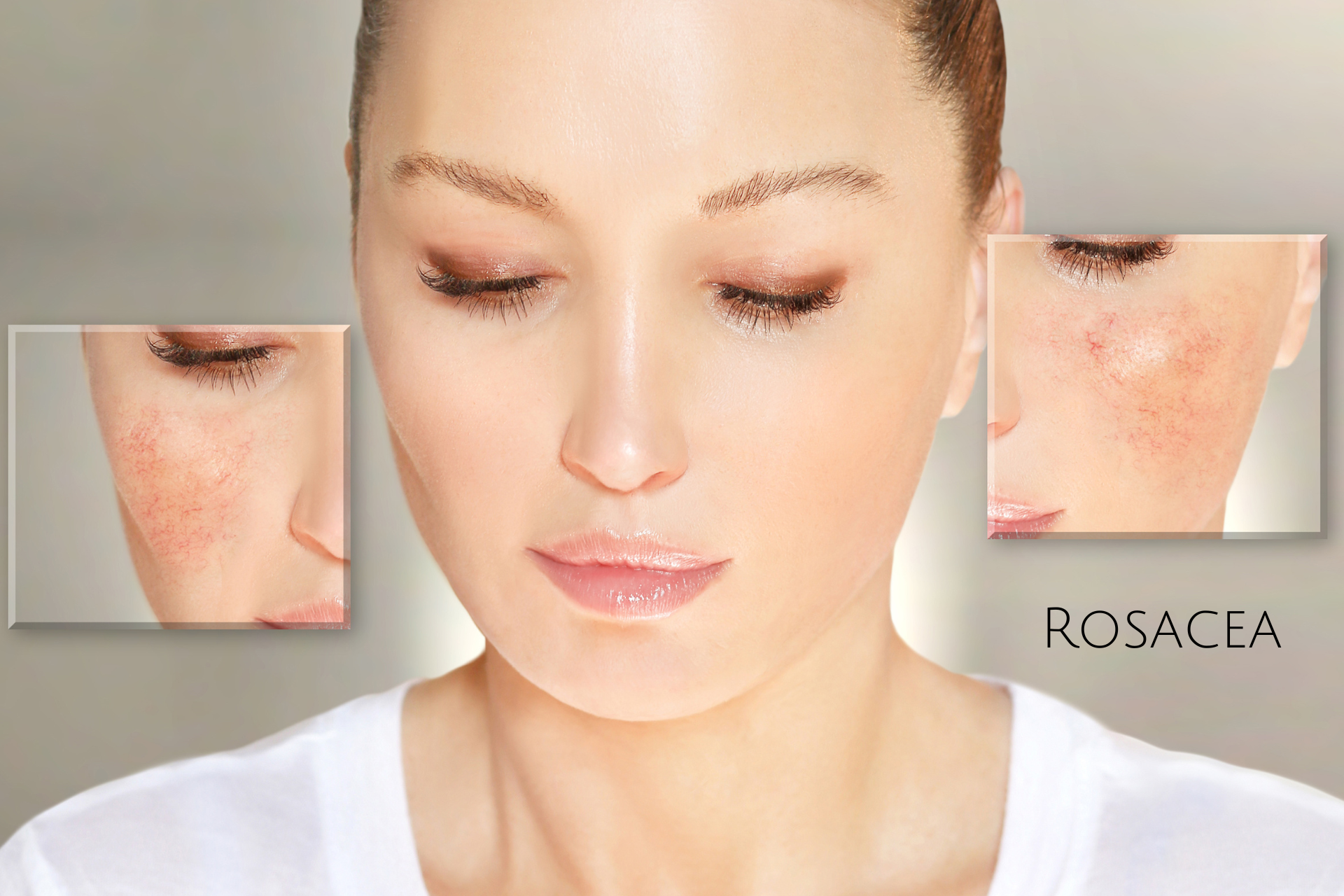
Rosacea is a skin disease that affects the face, but can also affect the chest, neck, and back. It is characterized by redness, pimples, and bumps on the front that can sometimes become swollen. It is a chronic inflammatory skin disease that has no cure. It often starts with an itchy or burning sensation on the cheeks and nose that progresses to more severe symptoms of redness and pimples. The symptoms of rosacea are like those of acne but usually do not involve blackheads or whiteheads.
A dermatologist is a doctor who specializes in treating skin diseases such as rosacea. They can diagnose the condition based on physical examination, medical history, and laboratory tests such as blood tests or biopsies.
5. Spider Veins:
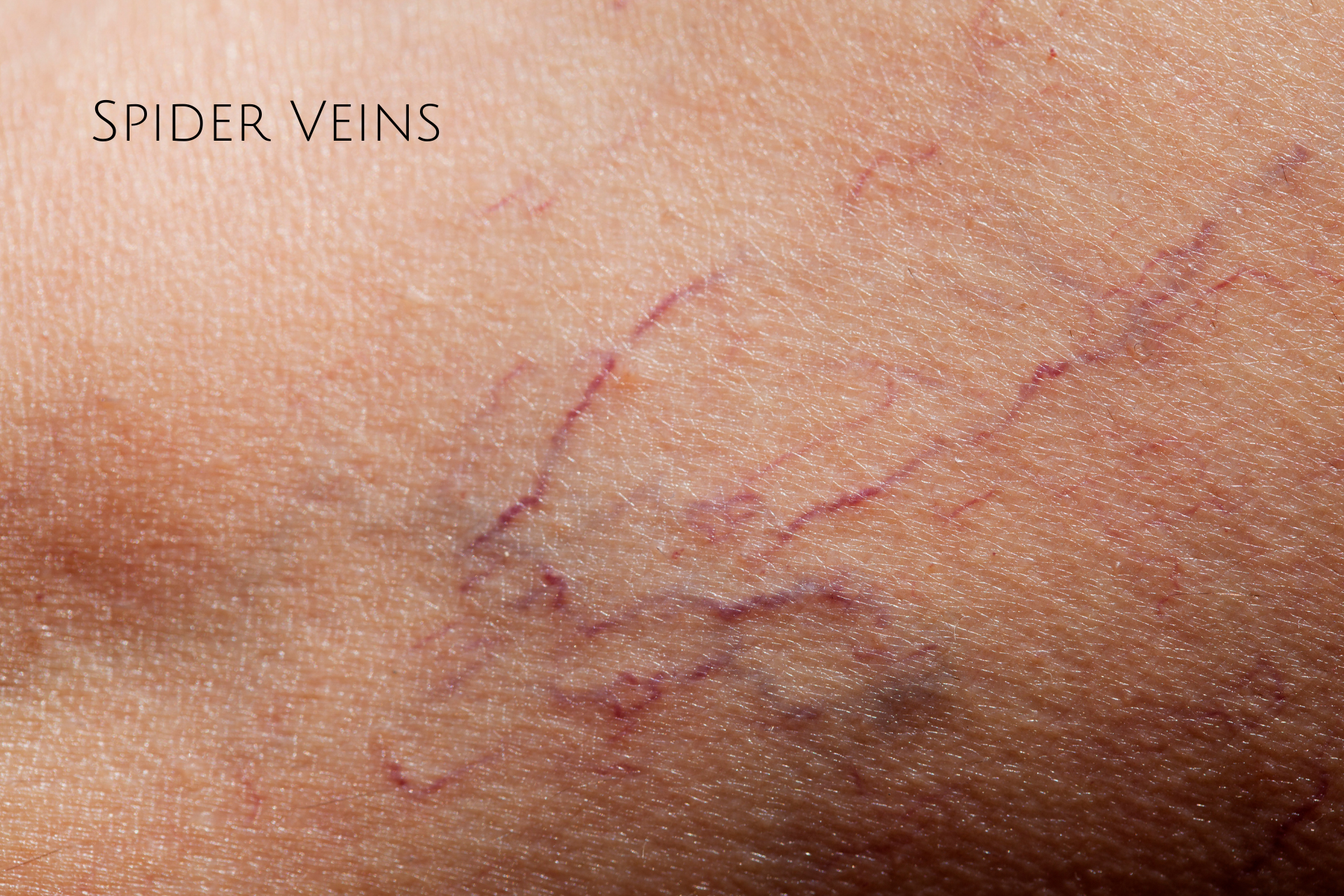
Spider veins are a common skin condition that can be treated in two ways: with laser therapy or by injecting cortisone directly into the veins.
Laser therapy: It is typically faster and more convenient, while cortisone injections are usually cheaper and more effective. Cortisone injections are not as painful and can be injected directly into a joint, whereas lidocaine shots require a more invasive approach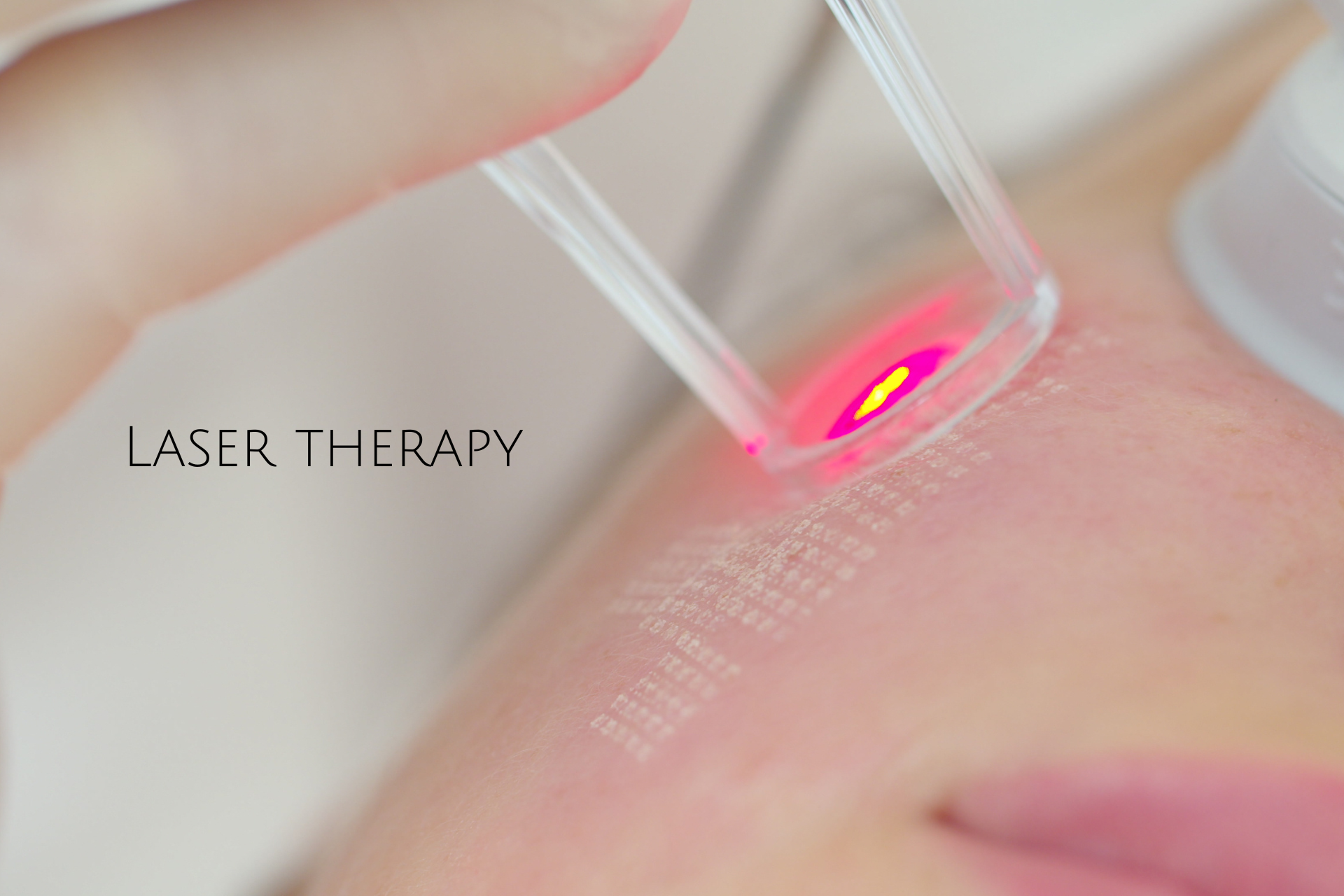
Injections: Cortisone injections are effective in relieving knee pain but are often less convenient than other treatments. A doctor can inject cortisone directly into the inflamed area to help ease discomfort. Cortisone injections have a limited time span of effectiveness and must be administered more frequently than other treatments in order to maintain pain relief.
6. Warts: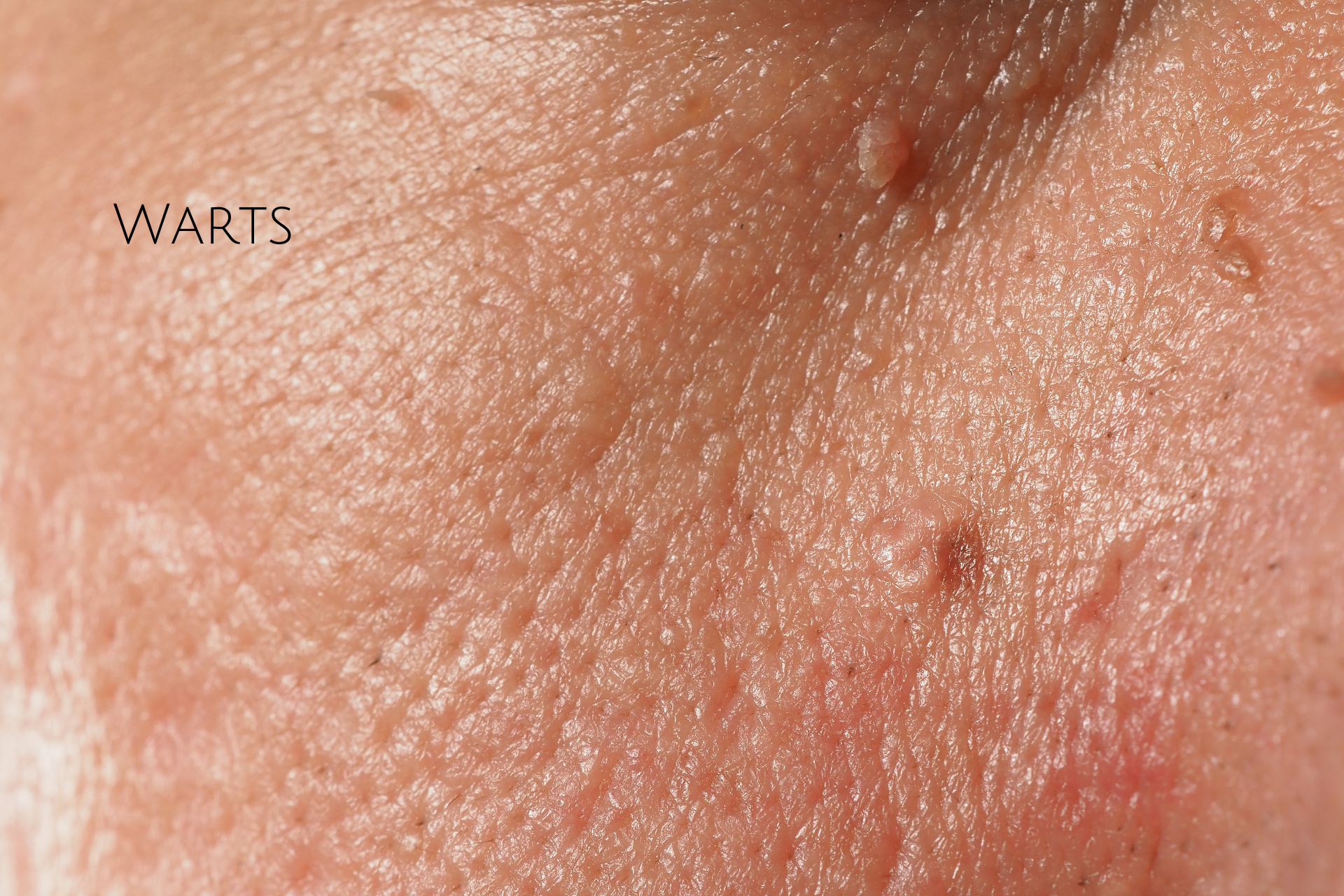
Warts are small, harmless, and can be removed by a dermatologist.
It can be affected by any virus that affects the skin, such as Human Papillomavirus (HPV), Herpes Simplex Virus (HSV), or Cytomegalovirus (CMV). Warts may also be caused by some bacteria that live on your skin.
Warts are not contagious, but they can spread from person to person through contact with the infected area.
7. Skin cancer: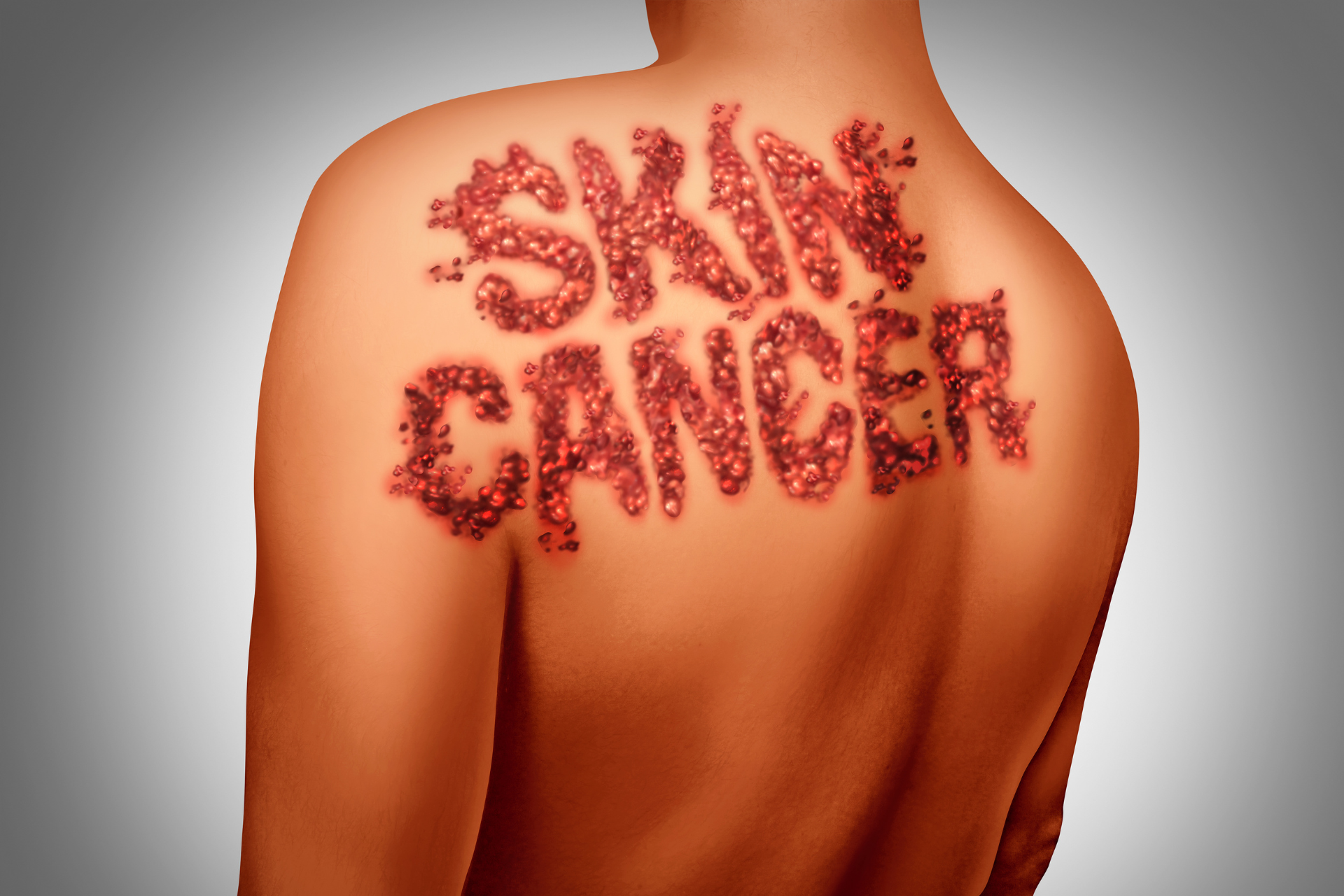
Skin cancer is a serious condition that requires immediate treatment. Therefore, dermatologists are often called to assess the best course of action for the patient. Dermatologists can provide patients with information about skin cancer and its treatment options. Skin cancer can be caused by a variety of factors, including ultraviolet radiation, tanning beds, sun exposure, age, family history, and genetic predisposition. Skin cancer often spreads quickly and requires immediate medical treatment. A dermatologist's advice is necessary for skin diseases that require a different treatment from over-the-counter medications or other treatments.
8. Moles: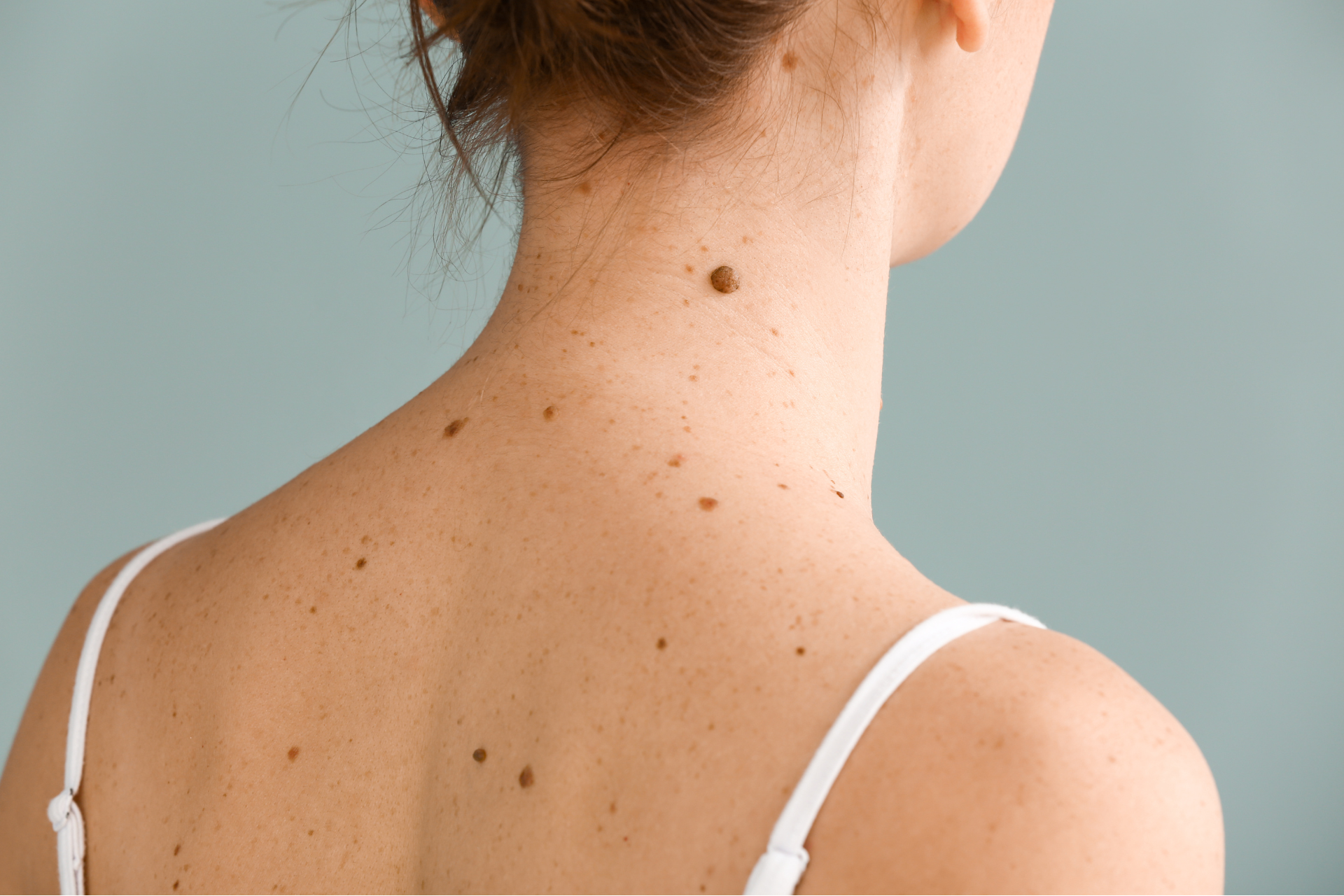
These are common skin diseases that can be treated with the help of a dermatologist. This is because they are not just ugly spots on your skin, but also a potential sign of melanoma.
Moles come in different shapes and sizes, but there are some common types that you should know about. These include:
Common moles: These are flat and brown to black in color. They can be anywhere on your body and can be removed by surgery or laser treatment.
Seborrheic keratosis: These yellowish bumps can develop anywhere on the face or scalp, but they often occur on the nose and ears. They are usually harmless, but they may need to be removed if they become painful or cause irritation.
Pigmented nevus: This type of mole is dark brown and may have a lighter center surrounded by darker pigmentation. It mainly occurs around the cheekbones, jawline, forehead, eyelids,
9. Urushiol Rashes: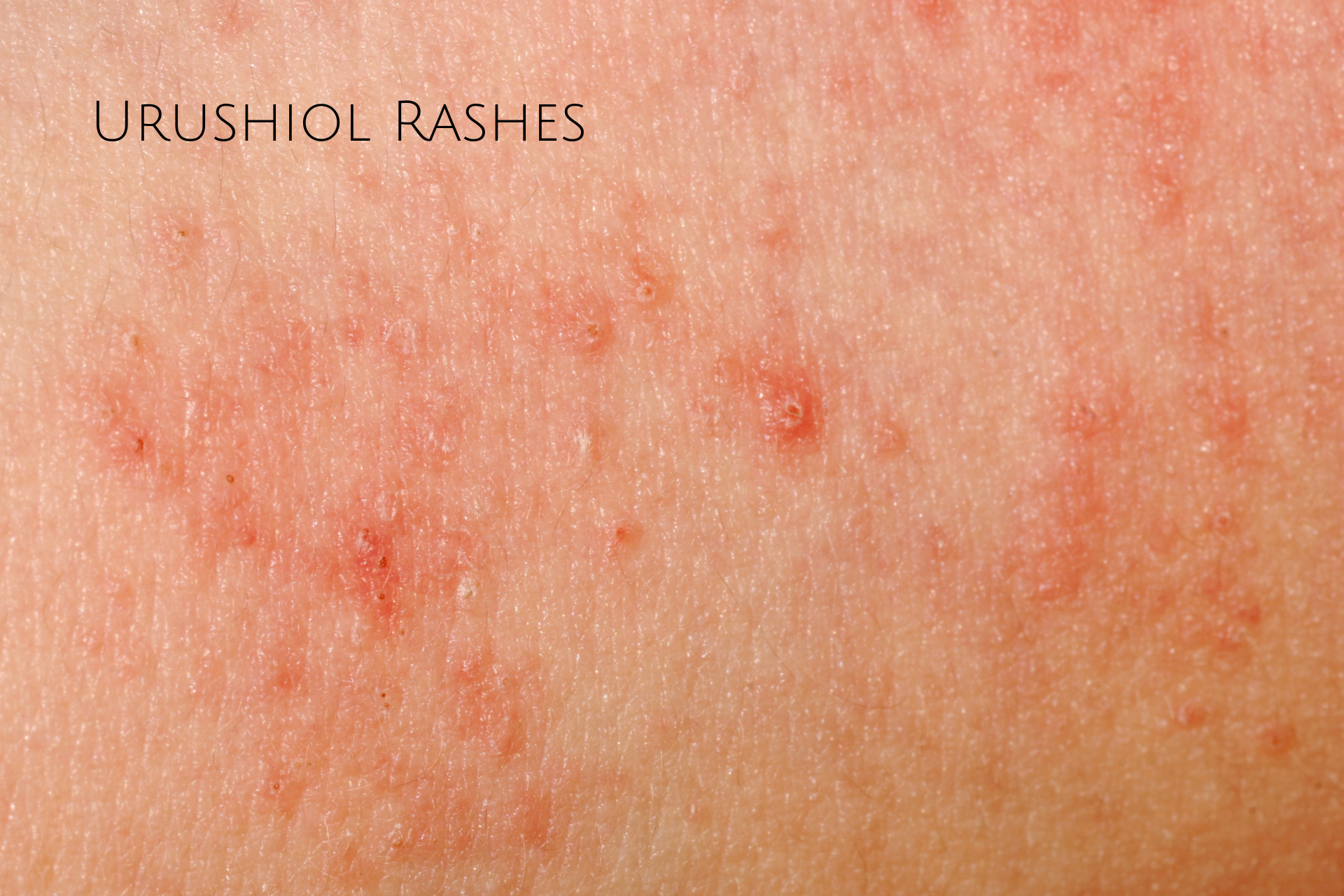
Urushiol rashes are the most common type of rash that require a dermatologist's advice. These rashes can be caused by contact with urushiol, a toxic substance found in poison ivy and oak.
Rash of Poison Ivy or Urushiol Rashes: This rash is caused by contact with urushiol, a toxic substance found in poison ivy and oak. The rash usually appears within 2-6 hours after exposure, and it lasts for about 12 days.
Recent Posts
-
Exploring the Evolutionary Role of Bacteria-Fungi Symbiosis in Cell Development
The intricate relationships between microorganisms have long fascinated scientists. Among these, the
-
From Stress to Serenity: Real-Life Success Stories of Adaptogen Use
While lifestyle changes like exercise, meditation, and a healthy diet are essential for managing str
-
The Long-Term Effects of Chemical Exposure on Human Health
The Long-Term Effects of Chemical Exposure on Human Health Chemical exposure is an inevitable part o

